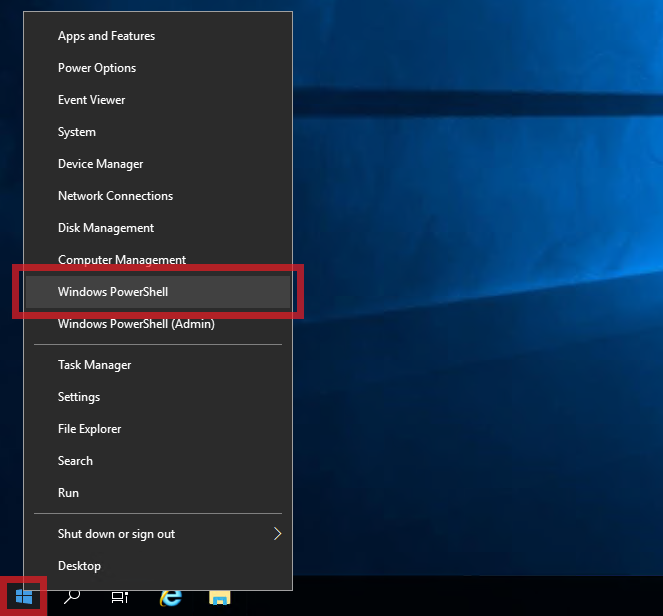

It is very useful for thin clients, terminals and disk-less workstations with no room to install their own operating systems. TFTP is used for its simplicity as it is specifically designed to read and write files without establishing a connection between the client and the server. TFTP cannot list directory and there is no error recovery like TCP and nor does it allow you to delete or rename files. It does not provide authentication and no command structure like FTP, SFTP and SCP. It is very useful for electronics circuit boards and microprocessors to download firmware into the chipset and its also used for transferring boot files and updating NVRAM. CISCO devices also use the TFTP protocol to store configuration files and images and move them to and from switches, routers and firewalls. Generally, TFTP is used to boot operating systems over the network.


It is commonly used in the place where security is not important and it has limited features compared to other file transfer protocols (FTP/FTPS/SCP). TFTP runs on UDP port 69 and does not use any security during the file transfer, thus its really only good for transferring files within your LAN. With Linux and ZFS, QuTS hero supports advanced data reduction technologies for further driving down costs and increasing reliablility of SSD (all-flash) storage.TFTP stands for “ Trivial File Transfer Protocol” is a simple and lightweight protocol for transferring files over the network. QuTS hero is the operating system for high-end and enterprise QNAP NAS models. WIth Linux and ext4, QTS enables reliable storage for everyone with versatile value-added features and apps, such as snapshots, Plex media servers, and easy access of your personal cloud. QTS is the operating system for entry- and mid-level QNAP NAS.


 0 kommentar(er)
0 kommentar(er)
